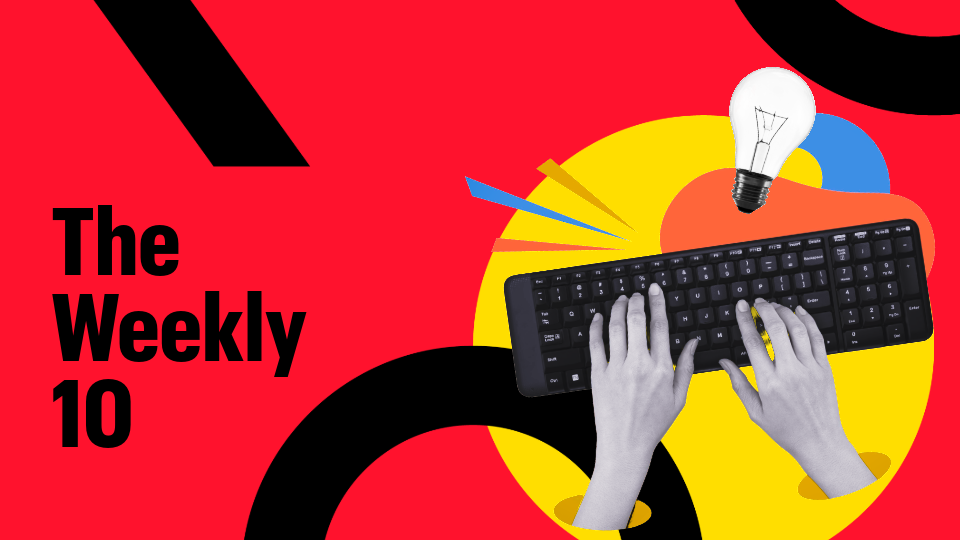From May 21-24, mail owners, mail service providers and of course a large contingent from the United States Postal Service gathered for the annual National Postal Forum (NPF) in Charlotte, North Carolina. The NPF bills itself as “the mailing and shipping industry’s premier educational venue, trade show and networking event” and the only conference of its kind that partners directly with the USPS. It’s a big enough deal for marketers that the Association of National Advertisers (ANA) put on an event in conjunction with the NPF, where John Puterbaugh, Quad’s VP of Advanced Media and Innovation, delivered an impactful presentation around major changes in direct mail.
Here are some five takeaways from NPF 2023 for marketers:
1. The USPS is making progress on its “Delivering for America” plan
USPS representatives, including Postmaster General Louis DeJoy, updated attendees on the 10-year “Delivering for America” plan, which was launched in March 2021 with the goal of “achieving financial sustainability and service excellence.” The Postal Service is already seeing its investments paying off, with its daily package processing capacity rising to 60 million (up from 25 million) by the end of 2022, thanks in part to new sorting and delivery centers. Reliability is increasing too, with “98% of the American public currently receiving mail and packages within three days,” according to the USPS.
“The biggest initiative, and one that will address a condition that has driven high costs and restricted performance, is the redesign of our national processing network and the operating practices we deploy to use it,” said DeJoy in his keynote speech. “We must now execute rapidly on our plans to deploy our network. This is the only way to achieve the service and cost improvements necessary for us to fulfill our mission to rescue this organization.” (You can find more information about DeJoy’s speech here.)
2. Postage cost increases can be significantly mitigated by postal promotions
There is no white knight on the horizon to relieve postage increases. In fact, the USPS used the National Postal Forum to reiterate its position that it will need additional increases going forward, despite objections from customers.
That said, a big topic of discussion at the NPF was the expansion of postal promotions meant to soften the blow. In one session, a large mail owner stated that as much as 70% of their direct mail took advantage of postal promotions in 2022, resulting in over $6 million in savings.
Despite rising costs, it’s important to note that mail still delivers more stable unit economics compared to other channels where supply/demand (and dynamic pricing) can impact costs by the minute. Mail is predictable and, as such, can bring more accurate forecasting to growth and optimization for direct marketers.
3. Data hygiene matters — to the USPS and smart marketers
Data hygiene continues to be an issue for many mailers, as discussed throughout the conference. Often, bad data hygiene starts with bad lists from providers. Millions of direct mail pieces annually with undeliverable addresses, move updates, deceased addressees, etc., put unneeded strain on the USPS. And that waste, of course, affects marketers too. Quite simply, marketers deploying more accurate lists will see increased response and ROI on direct mail campaigns.
4. Surprise! AI found its way to the party again
As part of the ANA/USPS sidetrack collaboration, the USPS hosted a panel that gave Adobe the opportunity to show off some of its generative AI tools that can be used for messaging, personalization and infinite testing scenarios.
Despite AI/machine learning being around for decades in DM with regard to data, the AI snowball is growing in size as it rolls down the mountain — specifically, as AI continues to intersect with personas and identification of the highest quality audiences for direct mail.
But let’s not forget that AI isn’t needed to understand the incrementality of mail — or any other channel, for that matter. Customers are looking for a highly personalized experience across channels, and that’s something that AI can help expedite.
5. The percentage of online sales/conversions continues to grow
Even the USPS understands that more and more sales and conversions are happening online, but at the National Postal Forum a gaggle of legacy marketers made a lot of noise about fighting to protect direct mail while arguing how/why/where digital can’t do what DM can.
They are both right and wrong. At Quad, we grew up in the mail channel. But our leadership was ahead of the game and had the vision to pursue a channel-agnostic position. We must not fight each other over channels but rather align our efforts across channels.
It’s time to appreciate the growing ability to measure the incrementality of all our efforts, while breaking down the last silos of brand and performance.



